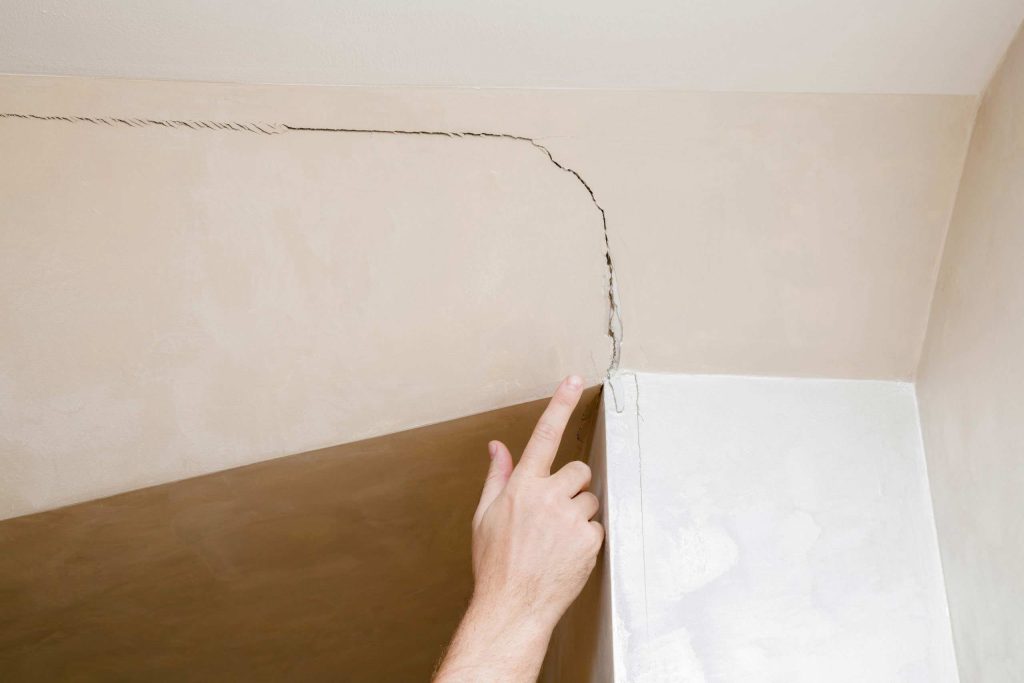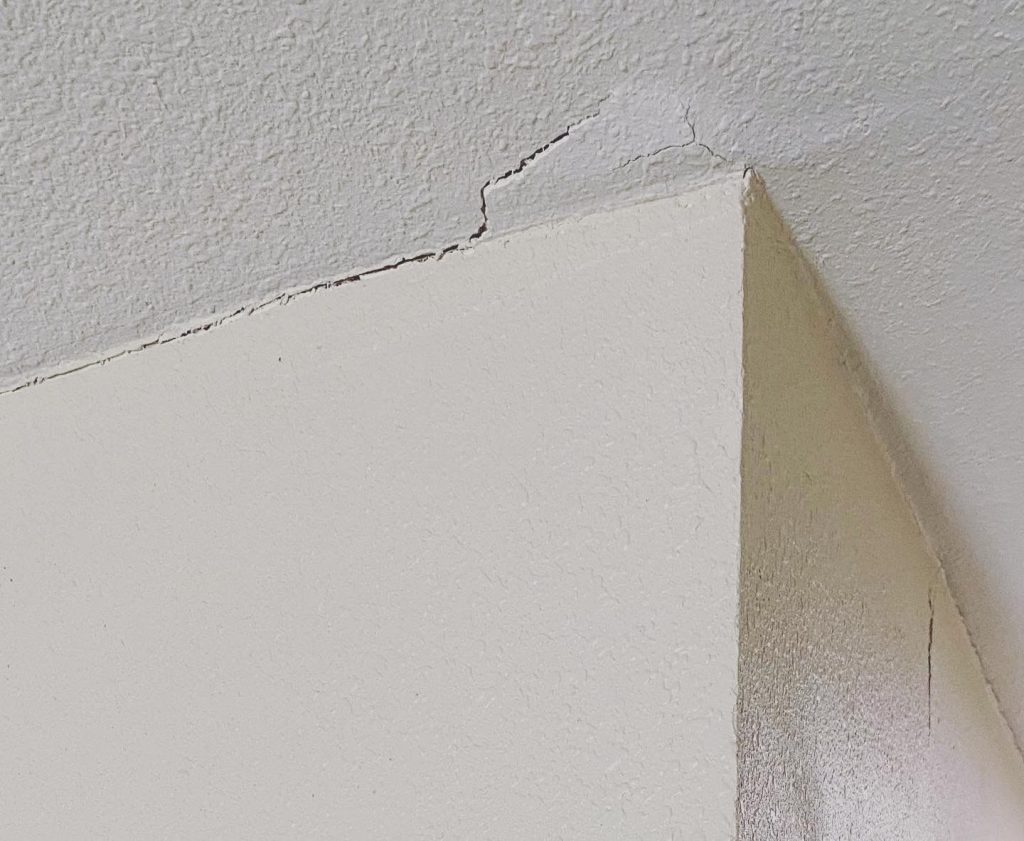Have you ever walked into a room in your home and noticed cracks in the ceiling and walls? It can be a disconcerting sight, leading to numerous questions and concerns. Cracks in the ceiling and walls can not only be unsightly but also a sign of potential structural issues. In this article, we will explore the various reasons why your ceiling and walls may be cracking and discuss possible solutions to address this common problem.

Common Causes of Cracking Ceilings and Walls
Cracks in ceilings and walls can occur for a variety of reasons. Understanding the root causes is essential in determining the best course of action to address the issue. Here are some of the most common causes:
1. Settlement and Foundation Issues
One of the primary causes of cracks in ceilings and walls is settling and foundation problems. Over time, a house can settle, leading to shifts in the structure. When this happens, cracks can form in various places, including the ceiling and walls. These cracks can vary in size, from small hairline fractures to more substantial gaps. If you suspect settlement or foundation issues, it’s crucial to consult with a professional to assess the extent of the problem and recommend the necessary repairs.
2. Temperature and Humidity Fluctuations
Changes in temperature and humidity levels can also contribute to cracking in ceilings and walls. This is particularly common in regions with extreme climate variations. When temperatures fluctuate rapidly, the materials in your walls and ceilings expand and contract, leading to stress on the structure. Over time, this stress can result in visible cracks. Proper insulation and climate control can help mitigate these issues.
3. Poor Construction or Workmanship
In some cases, the cause of cracking in ceilings and walls can be traced back to poor construction or workmanship. If the materials used were subpar, or if the installation was not done correctly, cracks may develop over time. Insufficient support beams, uneven drywall installation, and other construction flaws can lead to structural weaknesses that eventually result in cracks.
4. Water Damage
Water can be a silent enemy of your home’s structure. When water infiltrates the walls or ceiling, it weakens the materials and can lead to cracking. Leaking roofs, burst pipes, or even high humidity levels can all contribute to water damage. It’s essential to address any water-related issues promptly to prevent further structural damage.
5. Settling Due to New Construction Nearby
If you live in an area with ongoing construction, nearby activities can sometimes lead to the settling of your home’s foundation. The heavy machinery and vibrations from construction projects can cause the ground to shift, which may, in turn, affect your home’s stability. If you notice cracks appearing during or after nearby construction, it’s advisable to consult with a structural engineer.
Solutions for Cracking Ceilings and Walls
Now that we’ve explored the common causes of cracking in ceilings and walls, let’s discuss some potential solutions to address these issues:
1. Professional Inspection
If you notice cracks in your ceiling and walls, the first step is to consult with a professional. An experienced contractor or structural engineer can assess the situation, identify the root cause, and recommend the appropriate repairs. They will also determine if the cracks are cosmetic or structural, helping you decide on the most suitable course of action.
2. Repairing Minor Cracks
For minor cracks that are primarily cosmetic, you can often address them with simple repairs. This may involve patching the cracks with spackling or joint compound and then repainting the affected areas. Keep in mind that while this can improve the appearance, it may not address underlying structural issues.
3. Foundation Repair
If the cracks in your walls and ceilings are a result of foundation problems, you will need to invest in foundation repair. This can include underpinning, which strengthens the foundation, or other techniques to stabilize the structure.
4. Proper Maintenance
To prevent further cracking in the future, it’s essential to perform regular maintenance on your home. Keep an eye on your roof for leaks, maintain a stable indoor climate, and address any issues promptly.
5. Structural Reinforcements
In cases where the structural integrity of your home is compromised, additional reinforcements may be necessary. This could involve adding support beams, installing steel braces, or other measures to enhance the stability of your home.
Read too: What Causes Toilet To Leak Through Ceiling
Conclusion
Cracks in ceilings and walls can be a cause for concern, but they don’t have to be a cause for panic. Understanding the underlying causes of these cracks is the first step in addressing the issue effectively. By seeking professional guidance, performing necessary repairs, and maintaining your home, you can ensure that your ceiling and walls remain in good condition for years to come. If you notice cracks, don’t delay—take action to protect your home and preserve its structural integrity.
